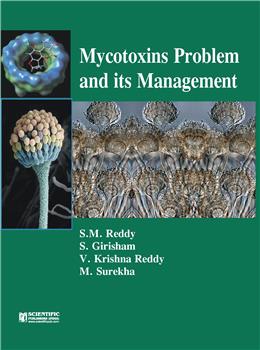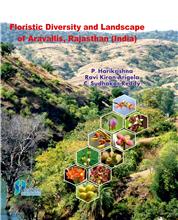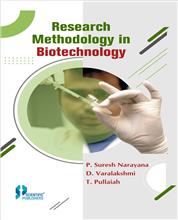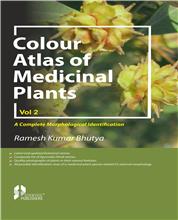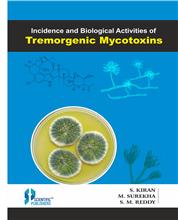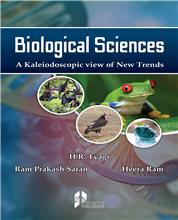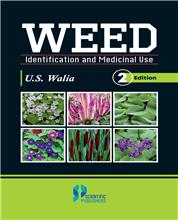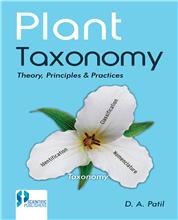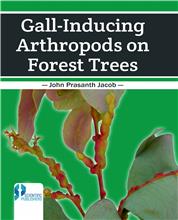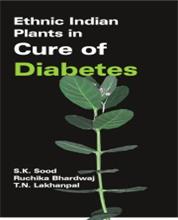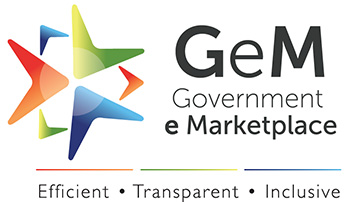Mycotoxins, secondary metabolites of storage moulds, have been receiving increasing attention in view of their undisputed role in public health. Many books appeared, conferences in different parts of the globe are being conducted which clearly indicate direct relation between the incidence of mycotoxigenic fungi, degree of mycotoxin contamination and their prevalence revealed their relation to some of the human ailments. Out of several mycotoxins, aflatoxins, ochratoxins A and fumonisins are posing serious health hazards specially in Asian countries. Inspite of intensive and extensive studies related to mycotoxins the problems becoming intricate and intriguing and decisive conclusions could not be drawn and clear cut solutions are provided. This book is divided into two parts. First part deals with general aspects of mycotoxins covering areas of natural incidence, taxonomy of mycotoxigenic fungi, analytical techniques, and mechanism of mycotoxins, toxicity epidemiology and management of mycotoxins. The second part deals with individual mycotoxins. The detailed account of producing organisms, detection, biological activity and management practices specific to that of mycotoxins are discussed in individual chapters. An attempt has been made to discuss mycotoxins problem with reference to Indian conditions. In view of voluminous literature only comparatively recent and relevant literature is quoted and may be some important works might have been omitted.
